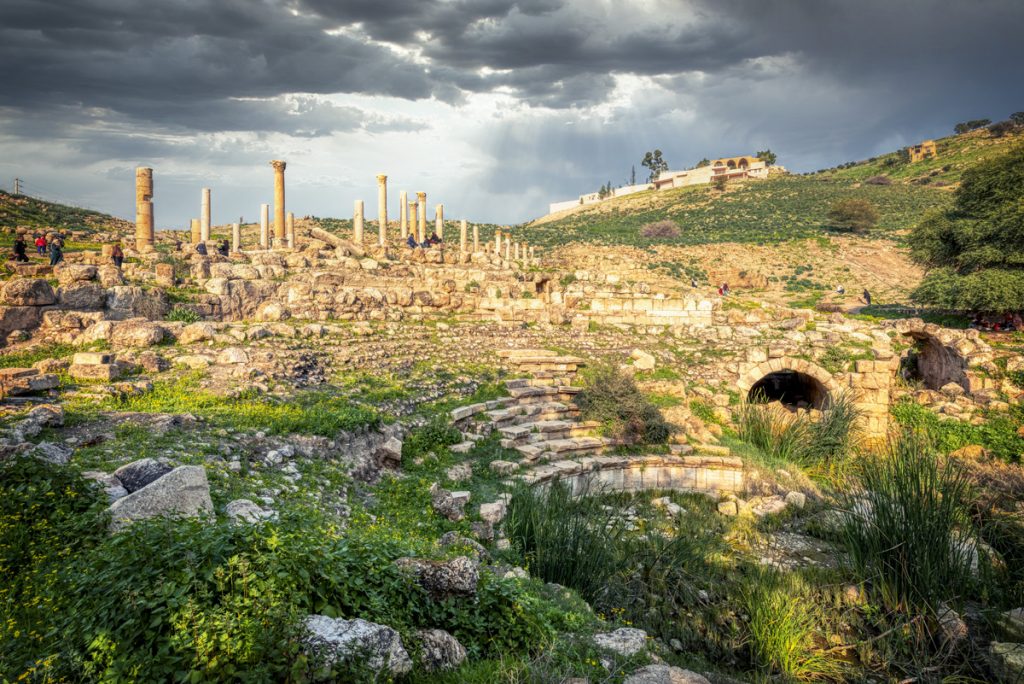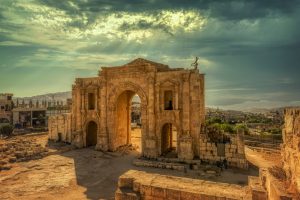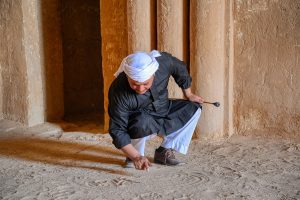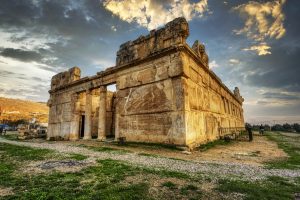The Jordan Valley is home to many long-lost ruins from ancient times, forgotten by the societies that once inhabited them. But certainly not by archaeologists and tourists. Among these is the ancient city of Pella, regarded as one of the country’s most significant ancient sites, offering a window into the past unlike any other.
What Still Stands
The remains can, really, only be called that. ‘Remains.’ Though it’s clear that this was once a place where people thrived and livestock was herded, today it’s a photogenic settlement of stones and ruin. Still standing you’ll find such structures as ancient residential homes, a Canaanite temple, and a Byzantine church that was thought to have been constructed over an earlier Roman structure.
The oldest parts of the excavations and ruins are thought to date as far back as 6,000 years ago, with the settlement of Pella having continued up until at least the 14th century. It’s a lost city by all means, and one worth exploring if you have a keen interest in mystery and anciency.

The full extent of Pella has yet to be uncovered, as the city has only been partially excavated. The temples, churches and housing that have been uncovered are still very much worth a visit, especially during the Springtime when spring flowers flood the area in a blaze of beauty.
The History
It is unclear, to this day, who named the ancient city ‘Pella’ and why. Pella was also the original Greek name of the city in which Alexander the Great had been born, leading some to speculate that it was Alexander himself who had founded the city.
Eventually, during the Hellenistic period, Pella would come to join a group of other cities from that period with like-minded culture, religion, language and location. The group of about ten cities would come to be called Decapolis, which aided Pella in its growth and prosperity.

The city grew to be at its largest during the Byzantine period, but this wouldn’t last. Later on, during the Islamic period, it would come to be a part of the Province of Jordan (Jund al-Urdunn), around when it would be struck by natural disasters such as the devastating 749 Galilee earthquake, and overshadowed by the success of other, nearby cities.
The first excavations took place in 1958, yet we’re still learning new things about this ancient site to this day. The Canaanite temple, for instance, was only uncovered between 1994 and 2003, with more recent discoveries including a city wall in 2010.
Though today the remains of Pella may only be the shadow of a shadow that used to be something great, this is only all the more reason to give the ancient site a visit. As one of the most vital places in all of Jordan, it’s certainly worth a spot on your itinerary, as well as a chance to see one of the most ancient ruins to still stand in all the world.
Specialising in unique visual and digital experiences, Alex Design Lab provides thoughtful, elegant solutions for your business.










